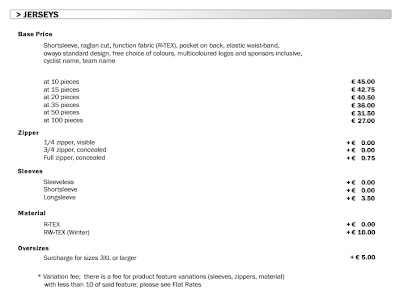One of my favourite cycling blogs is Cass Gilbert’s While Out Riding, principally because Cass’ photography is so good < http://whileoutriding.com/author/otbiking/ > His latest email post had a couple of links which caught my eye – both have been around for a while and I probably discovered them years ago but, with the passage of time, they slipped away. Here they are again, because you’ll probably like them:
Bicycle Traveler magazine – don’t be put off by the American spelling (it’s an American magazine) but it’s an online magazine and it’s free, and it’s all about touring and photography and equipment and… well it’s just a little bit of heaven really. Here’s the link to it
< http://bicycletraveler.bicyclingaroundtheworld.nl/ > and here’s a crafty photo of the contents page to demonstrate what kind of stuff is in it. Very worthwhile reading – there’s even an old interview with our very own Ian Hibell in it.
Note that when you sign up to Bicycle Traveler, you can download a free book about taking better photos. All quite basic stuff, but worth looking at all the same.
You might also like another link < http://www.worldwidecyclingatlas.com/ >








